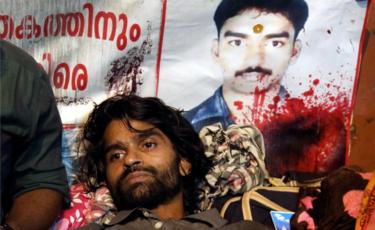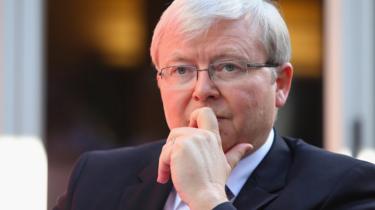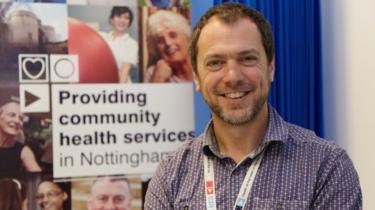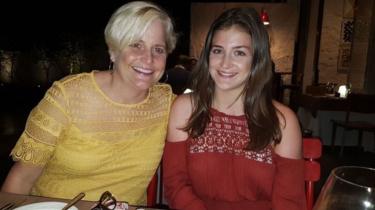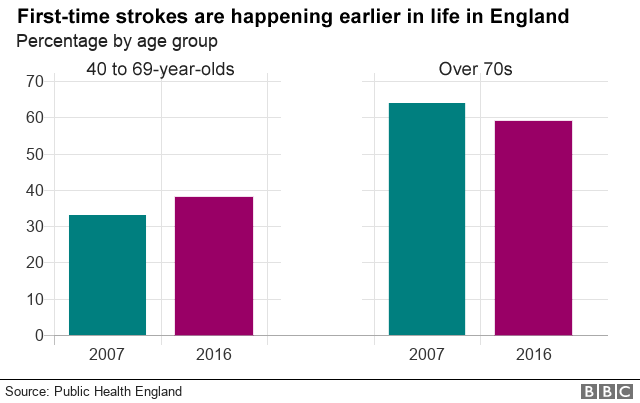Former Trump legal spokesman allegedly had concerns about possible obstruction of justice.
By OP
/cdn.vox-cdn.com/uploads/chorus_image/image/58529653/613704336.jpg.0.jpg)
Reports in recent months have indicatedthat Special Counsel Robert Mueller is very interested in President Donald Trump’s role in drafting his son’s false statement about a June 2016 Trump Tower meeting between campaign officials and a Russian lawyer with ties to Putin’s government.
Now, a report by the New York Times’ Jo Becker, Mark Mazzetti, Matt Apuzzo, and Maggie Haberman confirms Mueller’s focus, and reveals that Mark Corallo, a former spokesman for Trump’s legal team, has agreed to be interviewed by the special counsel.
This is a big deal because, according to the Times, Corallo has some information to share about White House Communications Director Hope Hicks:
On an Air Force One flight, Trump reportedly dictated the statement to Hicks that said Don Jr.’s June 2016 Trump Tower meeting with the Russians “primarily discussed a program about the adoption of Russian children.” The statement, released on July 8, was attributed to Don Jr., and was later proven to be false, after the emails revealed Don Jr. had accepted the meeting after being promised dirt on Hillary Clinton as part of the Russian government’s efforts to bolster Trump in the US election.
Trump’s involvement in creating the misleading statement isn’t a revelation — but Corallo’s information represents the latest development in the investigation into whether the president or his close aides attempted to obstruct justice.
Corallo reportedly told colleagues that he informed Trump and Hicks that the false statement would backfire because documents showing the true purpose of the meeting would leak. Hicks dismissed this, saying the documents wouldn’t get out. Corallo reportedly told colleagues at the time that he was alarmed by Hick’s statements, which seemed to indicate that she was either “being naïve or was suggesting that the emails could be withheld from investigators.”
Corallo did not dispute the Times’ report, but didn’t offer additional comment.
An attorney for Hope Hicks denied the report, telling the Times: “She never said that. And the idea that Hope Hicks ever suggested that emails or other documents would be concealed or destroyed is completely false.”
Wait, who is Mark Corallo?
Mark Corallo is the latest person to join the cast of characters in the unfolding drama of the Trump-Russia investigation. Corallo worked as a spokesman for Trump’s legal team, until quitting in mid-July —- after the events allegedly transpired on Air Force One.
Corallo pops up for a brief, but notable, cameo in Michael Wolff’s Fire and Fury — the gossipy White House tell-all that won’t go away. As Vox’s Andrew Prokop writes, “Wolff’s book claims, with vague sourcing, that Corallo “quit” after “privately confiding that he believed the meeting on Air Force One represented a likely obstruction of justice.”
The likely confidant was former chief strategist Steve Bannon, one of the main sources for Wolff’s book. And indeed, the New York Times says that Corallo informed Bannon of his conversation between Hicks and Trump, along with other colleagues.
Mueller is likely interested in Corallo’s testimony as part of his larger examination of Trump’s role in drafting this false Russia statement. This matters, as Vox Zack Beauchamp’s explains, because it all points to Trump’s intent:
Trump has yet to speak with special counsel Mueller. The president has said he is “looking forward” to it, and his lawyers are reportedly negotiating the terms of a potential sit down.

